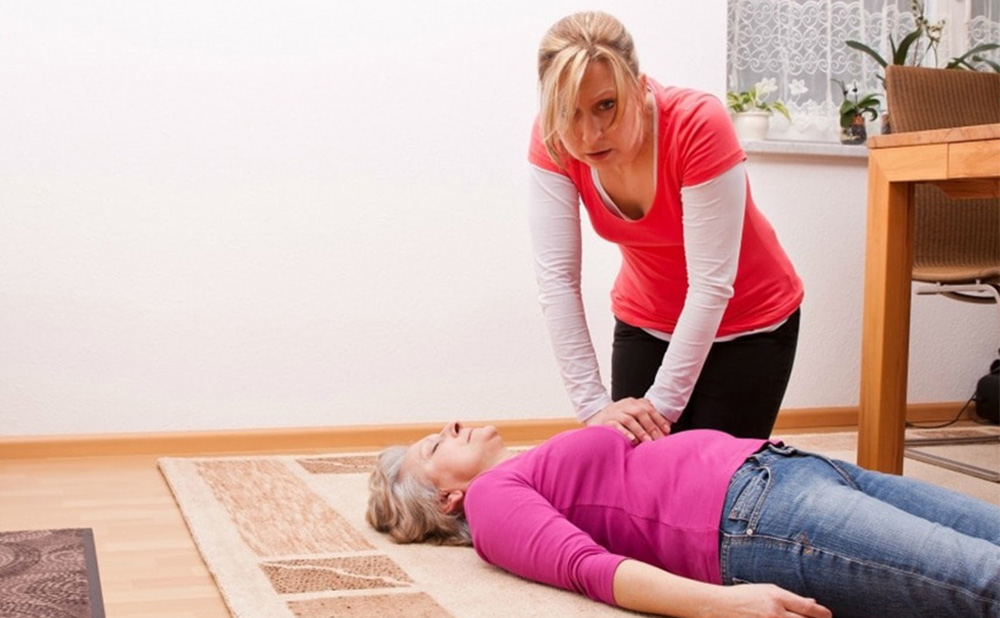I took a CPR class a few years ago, I know CPR
The American Heart Association changes the guidelines for CPR and ECC (Emergency Cardiac Care) about every five years based on all new and existing research regarding the treatment of cardiovascular emergencies in adults, children, and infants. One of the most recent modifications changed the A-B-C’s of CPR to C-A-B, or compression, airway, and breathing to reflect the focus and emphasis on chest compressions. The CPR certification is valid for two years so it is important to renew your certification to refresh your skills, and learn any changes or modifications made to the American Heart Association guidelines.
If I perform CPR on a stranger, I’ll end up in court
In today’s society people are sued for all kinds of reasons, when performing CPR you are covered by the Good Samaritan law which varies in detail from state to state. As long as you are acting under the scope of your training and not performing chest compressions with your foot for example, you are in no legal trouble when trying to save that person’s life.
You cannot learn CPR online
Although Chesapeake AED Services recommends taking the classroom course with an instructor there is another option to learn high quality CPR. The American Heart Association offers blended training, which presents the knowledge portion online at your pace, and then you could schedule a skills test at a training center where you would demonstrate the hands on skills you learned to an instructor. It is the same two year certification as the classroom training, but you must demonstrate high quality CPR skills in order to receive your certification. This is a great option for individuals in a bind for time or renewing for their job.
I don’t want to do CPR and break the person’s ribs
When a person needs CPR, that person is unresponsive and not breathing, you are acting to save that person’s life. In our classes it is taught that there is no such thing for a person to be “more dead” or “most dead”. The person would rather wake up with chest soreness or a few broken ribs than not wake up at all. A study done by the American Heart Association in 2004 found that conventional CPR results in broken or cracked ribs in one third of cases. As long as you use proper hand placement you will not do any significant damage to that person.
CPR no longer requires giving mouth-to-mouth resuscitation
This is not true, the American Heart Association changed the focus to high quality chest compressions but they still find the most effective treatment of adult cardiac arrest is the combination of chest compressions and rescue breaths delivered by mouth-to-mouth resuscitation. Hands Only CPR is something bystanders without proper training can do in the event of witnessing a teen or adult collapse which calls for high quality chest compressions only. Studies have shown that CPR with both chest compressions and rescue breaths is still the most effective way to treat cardiac arrest among adults, children, and infants.
For more information on CPR Training. AEDs or Public Access Defibrillation (PAD) Programs, please visit: Chesapeake AED Services

